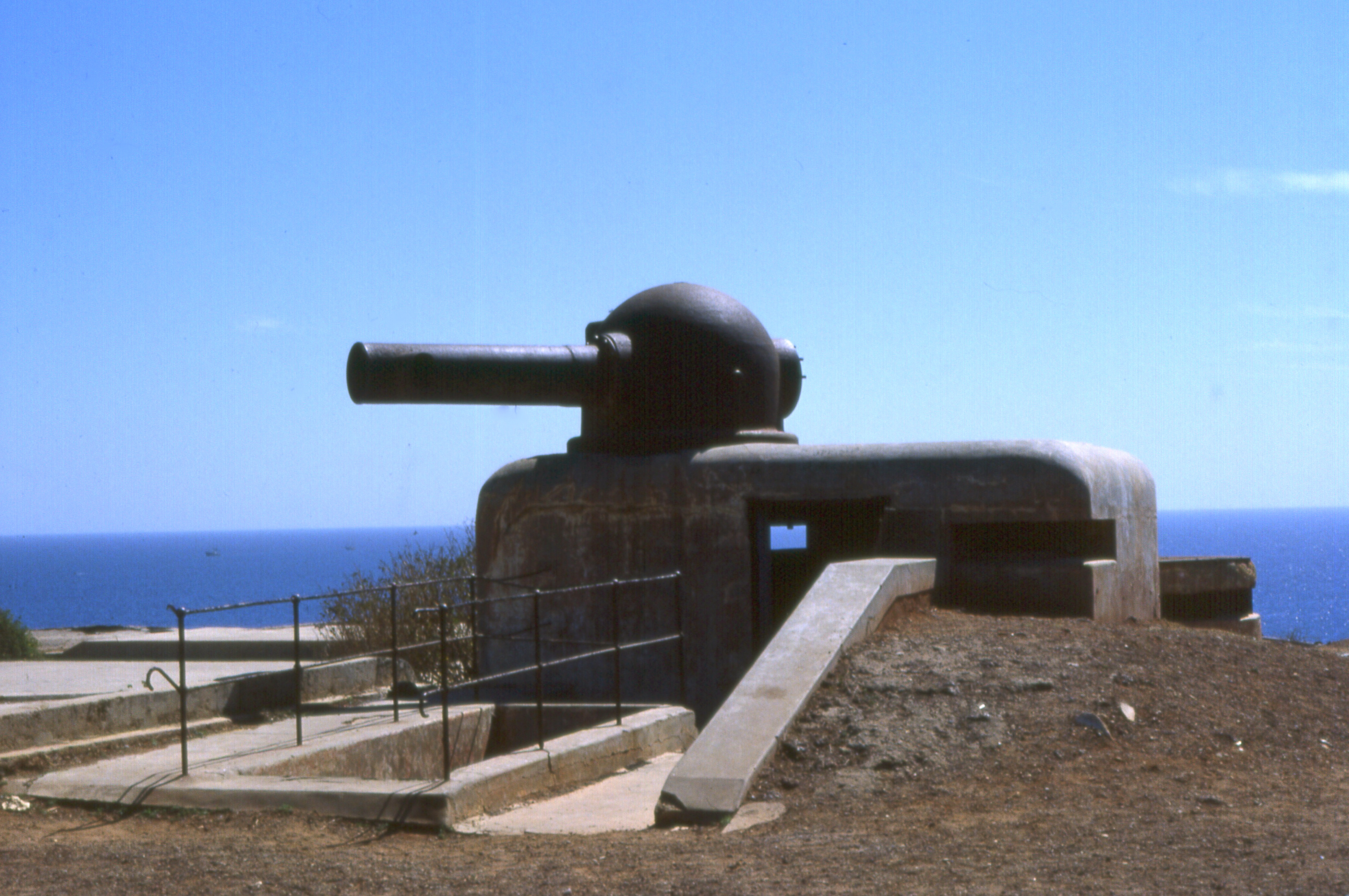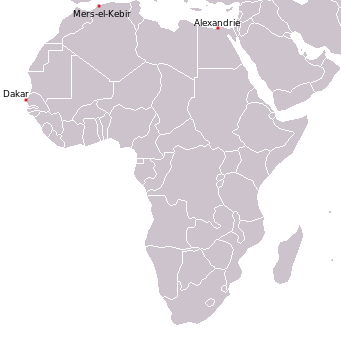|
HMS Fury (H76)
HMS ''Fury'' was an F-class destroyer built for the Royal Navy in the 1930s. Although assigned to the Home Fleet upon completion, the ship was attached to the Mediterranean Fleet in 1935–36 during the Abyssinia Crisis. During the Spanish Civil War of 1936–1939, she spent time in Spanish waters, enforcing the arms blockade imposed by Britain and France on both sides of the conflict. The ship escorted the larger ships of the fleet during the early stages of World War II and played a minor role in the Norwegian Campaign of 1940. ''Fury'' was sent to Gibraltar in mid-1940 and formed part of Force H where she participated in the attack on Mers-el-Kébir and the Battle of Dakar. The ship escorted numerous convoys to Malta in 1940–41 and Arctic convoys during 1942. ''Fury'' was briefly transferred to the Mediterranean in August 1942 to participate in Operation Pedestal but returned to the Home Fleet immediately afterwards to resume her role screening convoys to Russia. She co ... [...More Info...] [...Related Items...] OR: [Wikipedia] [Google] [Baidu] |
Cowes
Cowes () is an English seaport town and civil parish on the Isle of Wight. Cowes is located on the west bank of the estuary of the River Medina, facing the smaller town of East Cowes on the east bank. The two towns are linked by the Cowes Floating Bridge, a chain ferry. As of 2020 it had an estimated population of 14,724. Charles Godfrey Leland's 19th-century verses describe the towns poetically as "The two great Cowes that in loud thunder roar/This on the eastern, that the western shore". Cowes has been seen as a home for international yacht racing since the founding of the Royal Yacht Squadron in 1815. It gives its name to the world's oldest regular regatta, Cowes Week, which occurs annually in the first week of August. Later, powerboat races are held. Much of the town's architecture is still heavily influenced by the style of ornate building that Prince Albert popularised. History Name The name ''Westcowe'' was attested in 1413 as the name of one of two sandbanks, o ... [...More Info...] [...Related Items...] OR: [Wikipedia] [Google] [Baidu] |
Home Fleet
The Home Fleet was a fleet of the Royal Navy that operated from the United Kingdom's territorial waters from 1902 with intervals until 1967. In 1967, it was merged with the Mediterranean Fleet creating the new Western Fleet. Before the First World War, it consisted of the four Port Guard ships. In 1905 it was disestablished, and from 1905 to 1907 remaining ships at a lesser state of readiness were split into the reserve divisions (Devonport Division, Nore Division, and Portsmouth Division). During the First World War, it comprised some of the older ships of the Royal Navy. During the Second World War, it was the Royal Navy's main battle force in European waters. Pre-First World War In the first years of the 20th century, the Royal Navy had four 'Port Guard' ships, stationed in the major naval bases, partially to act as flagships for the admirals commanding at those ports. These vessels appear to have been stationed at the Nore, Portsmouth, and Plymouth, as well as one other ... [...More Info...] [...Related Items...] OR: [Wikipedia] [Google] [Baidu] |
Battle Of The Atlantic
The Battle of the Atlantic, the longest continuous military campaign in World War II, ran from 1939 to the defeat of Nazi Germany in 1945, covering a major part of the naval history of World War II. At its core was the Allied naval blockade of Germany, announced the day after the declaration of war, and Germany's subsequent counter-blockade. The campaign peaked from mid-1940 through to the end of 1943. The Battle of the Atlantic pitted U-boats and other warships of the German '' Kriegsmarine'' (Navy) and aircraft of the ''Luftwaffe'' (Air Force) against the Royal Navy, Royal Canadian Navy, United States Navy, and Allied merchant shipping. Convoys, coming mainly from North America and predominantly going to the United Kingdom and the Soviet Union, were protected for the most part by the British and Canadian navies and air forces. These forces were aided by ships and aircraft of the United States beginning September 13, 1941. Carney, Robert B., Admiral, USN. "Comment and Discu ... [...More Info...] [...Related Items...] OR: [Wikipedia] [Google] [Baidu] |
Operation Pedestal
Operation Pedestal ( it, Battaglia di Mezzo Agosto, Battle of mid-August), known in Malta as (), was a British operation to carry supplies to the island of Malta in August 1942, during the Second World War. Malta was a base from which British ships, submarines and aircraft attacked Axis convoys to Libya, during the North African Campaign (1940–1943). From 1940 to 1942, the Axis conducted the Siege of Malta, with air and naval forces. Despite many losses, enough supplies were delivered by the British for the population and military forces on Malta to resist, although it ceased to be an offensive base for much of 1942. The most crucial supply item in Operation Pedestal was fuel, carried by , an American tanker with a British crew. The convoy sailed from Britain on 3 August 1942 and passed through the Strait of Gibraltar into the Mediterranean on the night of The Axis attempt to prevent the fifty ships of the convoy reaching Malta, using bombers, German E-boats, Italian MA ... [...More Info...] [...Related Items...] OR: [Wikipedia] [Google] [Baidu] |
Arctic Convoys Of World War II
The Arctic convoys of World War II were oceangoing convoys which sailed from the United Kingdom, Iceland, and North America to northern ports in the Soviet Union – primarily Arkhangelsk (Archangel) and Murmansk in Russia. There were 78 convoys between August 1941 and May 1945, sailing via several seas of the Atlantic and Arctic oceans, with two gaps with no sailings between July and September 1942, and March and November 1943. About 1,400 merchant ships delivered essential supplies to the Soviet Union under the Anglo-Soviet agreement and US Lend-Lease program, escorted by ships of the Royal Navy, Royal Canadian Navy, and the U.S. Navy. Eighty-five merchant vessels and 16 Royal Navy warships (two cruisers, six destroyers, eight other escort ships) were lost. Nazi Germany's '' Kriegsmarine'' lost a number of vessels including one battleship, three destroyers, 30 U-boats, and many aircraft. The convoys demonstrated the Allies' commitment to helping the Soviet Union, prior to the ... [...More Info...] [...Related Items...] OR: [Wikipedia] [Google] [Baidu] |
Malta Convoys
The Malta convoys were Allied supply convoys of the Second World War. The convoys took place during the Siege of Malta in the Mediterranean Theatre. Malta was a base from which British sea and air forces could attack ships carrying supplies from Europe to Italian Libya. Britain fought the Western Desert Campaign against Axis armies in North Africa to keep the Suez Canal and to control Middle Eastern oil. The strategic value of Malta was so great the British risked many merchant vessels and warships to supply the island and the Axis made determined efforts to neutralise the island as an offensive base. The civilian population and the garrison required imports of food, medical supplies, fuel and equipment; the military forces on the island needed reinforcements, ammunition and spare parts. British convoys were escorted to Malta by ships of the Mediterranean Fleet, Force H and aircraft of the Fleet Air Arm and Royal Air Force, during the Battle of the Mediterranean (1940–1 ... [...More Info...] [...Related Items...] OR: [Wikipedia] [Google] [Baidu] |
Battle Of Dakar
The Battle of Dakar, also known as Operation Menace, was an unsuccessful attempt in September 1940 by the Allies to capture the strategic port of Dakar in French West Africa (modern-day Senegal). It was hoped that the success of the operation could overthrow the pro-German Vichy French administration in the colony, and be replaced by a pro-Allied Free French one under General Charles de Gaulle. Background At the beginning of World War II, the French fleet in the Mediterranean was to have countered the Italian Navy, thereby leaving the British Royal Navy free to concentrate on the German warships in the North Sea and Atlantic. After the defeat of France and the conclusion of the armistice between France and Nazi Germany in June 1940, there was considerable confusion as to the allegiance of the various French colonies. Some, like Cameroon and French Equatorial Africa, joined the Free French, but others, including the North African colonies, French West Africa, Syria and Indochina ... [...More Info...] [...Related Items...] OR: [Wikipedia] [Google] [Baidu] |
Attack On Mers-el-Kébir
The Attack on Mers-el-Kébir (Battle of Mers-el-Kébir) on 3 July 1940, during the Second World War, was a British naval attack on neutral French Navy ships at the naval base at Mers El Kébir, near Oran, on the coast of French Algeria. The attack was the main part of Operation Catapult, a British plan to neutralise or destroy neutral French ships to prevent them from falling into German hands after the Allied defeat in the Battle of France. The British bombardment of the base killed 1,297 French servicemen, sank a battleship and damaged five other ships, for a British loss of five aircraft shot down and two crewmen killed. The attack by air and sea was conducted by the Royal Navy, after France had signed armistices with Germany and Italy, coming into effect on 25 June. Of particular significance to the British were the five battleships of the and es and the two fast battleships of the , the second largest force of capital ships in Europe after the Royal Navy. The British War Ca ... [...More Info...] [...Related Items...] OR: [Wikipedia] [Google] [Baidu] |
Force H
Force H was a British naval formation during the Second World War. It was formed in 1940, to replace French naval power in the western Mediterranean removed by the French armistice with Nazi Germany. The force occupied an odd place within the naval chain of command. Normal British practice was to have naval stations and fleets around the world, whose commanders reported to the First Sea Lord via a flag officer. Force H was based at Gibraltar but there was already a flag officer at the base, Flag Officer Commanding, North Atlantic. The commanding officer of Force H did not report to this Flag Officer but directly to the First Sea Lord, Admiral of the Fleet Sir Dudley Pound. Operation Catapult One of the first operations that Force H took part in was connected with the reason for its formation. French naval power still existed in the Mediterranean, and the British Government viewed it as a threat to British interests. It was feared that the Vichy government of Philippe Pétain ... [...More Info...] [...Related Items...] OR: [Wikipedia] [Google] [Baidu] |
Gibraltar
) , anthem = " God Save the King" , song = " Gibraltar Anthem" , image_map = Gibraltar location in Europe.svg , map_alt = Location of Gibraltar in Europe , map_caption = United Kingdom shown in pale green , mapsize = , image_map2 = Gibraltar map-en-edit2.svg , map_alt2 = Map of Gibraltar , map_caption2 = Map of Gibraltar , mapsize2 = , subdivision_type = Sovereign state , subdivision_name = , established_title = British capture , established_date = 4 August 1704 , established_title2 = , established_date2 = 11 April 1713 , established_title3 = National Day , established_date3 = 10 September 1967 , established_title4 = Accession to EEC , established_date4 = 1 January 1973 , established_title5 = Withdrawal from the EU , established_date5 = 31 January 2020 , official_languages = English , languages_type = Spoken languages , languages = , capital = Westside, Gibraltar (de facto) , coordinates = , largest_settlement_type = largest district , l ... [...More Info...] [...Related Items...] OR: [Wikipedia] [Google] [Baidu] |

_(LOC)_(16333616919).jpg)





